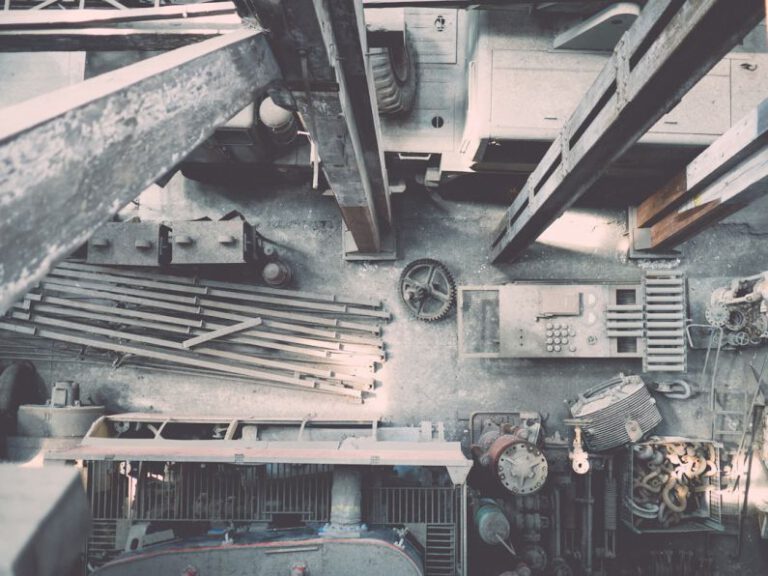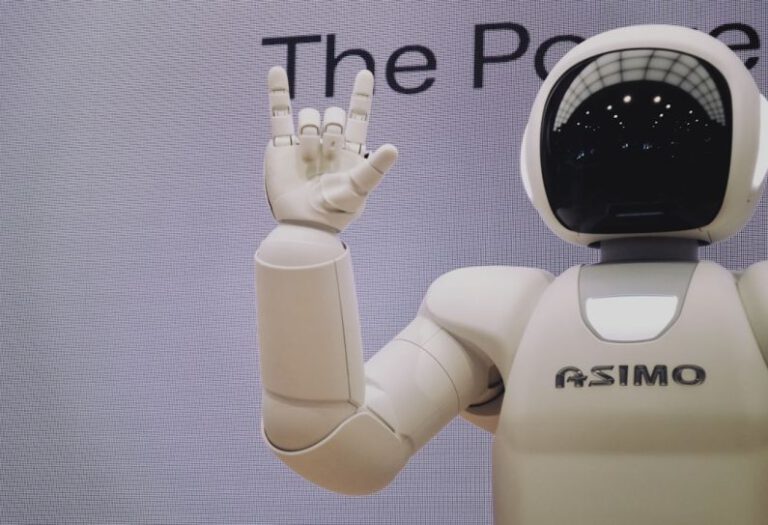What’s the Role of Drones in Building Inspection?
When it comes to building inspections, the role of drones has become increasingly prominent in recent years. These unmanned aerial vehicles have revolutionized the way inspections are conducted, offering a range of benefits that traditional methods cannot match. From improved efficiency to enhanced safety, drones are transforming the building inspection industry in significant ways.
**Enhancing Efficiency**
One of the key advantages of using drones for building inspections is the enhanced efficiency they bring to the process. Drones can access hard-to-reach areas of a building quickly and easily, providing inspectors with a comprehensive view of the structure in a fraction of the time it would take using traditional methods. This increased efficiency not only saves time but also allows inspectors to conduct more thorough and accurate assessments of a building’s condition.
**Cost-Effectiveness**
In addition to being more efficient, drones are also a cost-effective solution for building inspections. Traditional inspection methods often require expensive equipment and labor, driving up the overall cost of the inspection process. Drones, on the other hand, offer a more affordable alternative that can help companies save money without compromising on the quality of the inspection. By reducing the need for extensive equipment and manpower, drones make building inspections more accessible to a wider range of clients.
**Improved Safety**
Safety is a top priority in any building inspection, and drones play a crucial role in enhancing the safety of inspectors and workers. By using drones to access high or hazardous areas of a building, inspectors can avoid the need for risky maneuvers such as climbing ladders or scaffolding. This not only reduces the risk of accidents and injuries but also ensures that inspections can be carried out in a safe and controlled manner. Drones offer a safer alternative that minimizes the potential dangers associated with traditional inspection methods.
**High-Quality Data**
Another key benefit of using drones for building inspections is the high-quality data they provide. Drones are equipped with advanced cameras and sensors that can capture detailed images and videos of a building’s structure and condition. This data can then be analyzed to identify any issues or defects, providing inspectors with valuable insights that can inform their assessment of the building. The high-quality data obtained from drones allows for more accurate and informed decision-making, ultimately leading to better outcomes for clients.
**Versatility and Flexibility**
Drones are incredibly versatile tools that can be used for a wide range of building inspection tasks. Whether inspecting roofs, facades, or other parts of a building, drones can adapt to different environments and conditions with ease. Their flexibility allows inspectors to conduct thorough assessments of buildings of all shapes and sizes, making them a valuable asset in the inspection industry. Drones can be deployed quickly and easily, providing inspectors with the flexibility they need to carry out inspections efficiently and effectively.
**Environmental Impact**
Using drones for building inspections also has a positive environmental impact. Traditional inspection methods often involve the use of vehicles and equipment that emit harmful pollutants into the atmosphere. Drones, on the other hand, are powered by electricity and produce zero emissions during operation. By reducing the carbon footprint of inspections, drones contribute to a more sustainable and eco-friendly approach to building assessment.
**In Conclusion**
In conclusion, the role of drones in building inspection cannot be overstated. From enhancing efficiency and cost-effectiveness to improving safety and providing high-quality data, drones offer a range of benefits that are transforming the inspection industry. Their versatility, flexibility, and positive environmental impact make drones a valuable tool for inspectors looking to conduct thorough and comprehensive assessments of buildings. As technology continues to advance, drones are likely to play an even greater role in the future of building inspections, revolutionizing the way we assess and maintain the structures that surround us.






